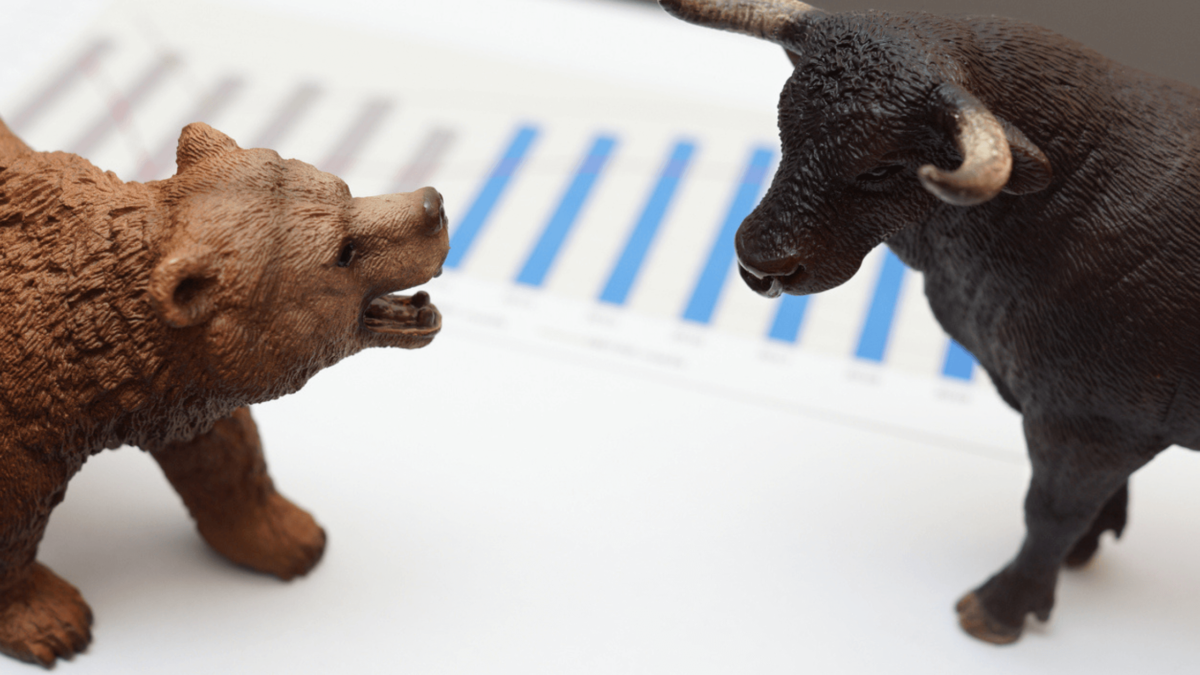2022 Global Stock Market Outlook: Late Cycle Rotations
December 29, 2021

As we close in on what’s been an eventful 2021 for investors, what’s in store for global stock markets in the new year?
First off, the triple peaks in economic growth, earnings growth and policy stimulus will likely result in lower returns for US equities in 2022.
Persistently high inflation – likely running hotter in the US than Europe and Japan – will cause greater volatility as US equities are put on tenterhooks over rate hikes.
In fact, the US is currently on deeply negative real rates at around the levels of 1975, with the Taylor Rule Model suggesting the appropriate Fed funds rate should be 5.5-6.0%.
But at this stage, a bear market is unlikely given the still positive yield gap of 3.2% – favouring the equities forward earnings yield over the 10-Year US Treasury (UST) yield.
The bear markets of years 2008, 2000, 1990, and 1987 were preceded by that yield gap falling to or below 2.0%.
So, we would be watchful of how far the 10Y UST yield rises, as that will erode that yield gap, posing rising risk.
Europe and Japan to outperform the US
The US market’s greater exposure to growth stocks will make it more vulnerable to earnings duration risk than other Developed Markets.
European and Japanese equities are more defensive given lower rates of inflation, likely leaving them with zero rates and yields for longer.
Their lower valuations and greater exposure to value stocks will also help. European and Japanese equities have larger yield gaps of around 7%, favouring stocks.
In forward price-to-earnings (PE) terms, European and Japanese stocks are trading at around 14.6x and 14.2x, respectively, compared to 21x for US equities.
Chinese stocks set for a rebound
China’s policy restraint – while Developed Market central banks were engaging in unprecedented policy stimulus during the pandemic – means it can now engage in counter-cyclical stimulus as the US starts tightening.
At 12x PE, the MSCI China is at the lower end of its PE-band range. With 15% earnings growth expected, Chinese equities are looking attractive.
The People’s Bank of China has already cut the Reserve Requirement Ratio (RRR) by 50 basis points.
And if this is followed by more easing measures (including the already signalled more accommodative approach towards the property sector) then there is a reasonable prospect of analysts upgrading earnings growth forecasts, which were framed before the recent announcement.
Meanwhile, monetary and financial conditions indicators have hit cyclical bottoms. There is little sense in Chinese policy makers continuing on their path of frugality.
Indeed, the idea behind China’s so-called “cross cyclical policy” is to ease when the economy is weakening.
So, not coincidentally, they have started easing and we see that continuing in 2022, albeit cautiously.
US Dollar could weaken rather than strengthen
The secular decline of the US Dollar Index, which we believe started in 2017, is likely to resume again. Higher inflation in 2022 is likely to outpace increases in UST yields.
The market consensus seems to be bullish on the US Dollar given the expectation of higher yields. Speculative longs on the USD had, by end-November, hit the highest level since June 2019.
The logic of that is not hard to see. With inflation rising and upward pressure on UST yields, the US Dollar should trade higher against other currencies, in line with higher yields at the shorter end of the UST curve.
And that is observable over short periods of time. But taking a longer-term view, periods of high inflation have coincided with a weaker, not stronger Dollar.
During the 1970s, high inflation saw the Dollar Index trade lower, bottoming between 1978 and 1980, coinciding with a peak in US inflation in March 1980.
Paul Volcker’s crushing of US inflation from around 15% in March 1980 to around 2% by December 1986 saw the Dollar Index rally almost 90%.
Since then, much smaller spikes in inflation have tended to (not always) coincide with US Dollar weakness – e.g. 1986-1990, 1994-95, 2004-2008, and 2009-2011.
The risk for the Dollar this time is that inflation could outpace the ability of the Fed to lift rates and yields. So real yields for US assets will fall, making them less attractive.
Emerging Markets could offer new twist in rate cycle
In both absolute and relative performance (vis-à-vis the US market), the MSCI Emerging Markets Index tends to do better during periods of Dollar weakness.
But this time, the combination of generally low vaccination rates, high inflation, and upward pressures on interest rates leaves most EM economies with less policy space to manoeuvre.
Hence, there is our preference for China as an EM-proxy, given its lower inflation and greater ability to stimulate its economy at this time.
Say Boon Lim
Say Boon Lim is CGS-CIMB's Melbourne-based Chief Investment Strategist. Over his 40-year career, he has worked in financial media, and banking and finance. Among other things, he has served as Chief Investment Officer for DBS Bank and Chief Investment Strategist for Standard Chartered Bank.
Say Boon has two passions - markets and martial arts. He has trained in Wing Chun Kung Fu and holds black belts in Shitoryu Karate and Shukokai Karate. Oh, and he loves a beer!







